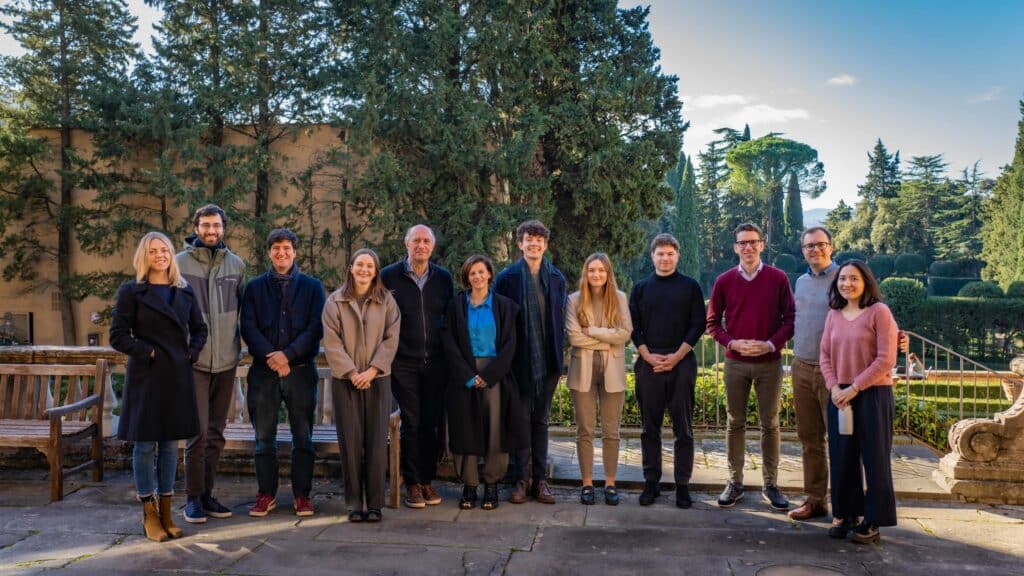Written by Andris Piebalgs
FSR Topic of the Month: Renewable Gas #4
Looking at the future of renewable gases or ‘green gas’ in Europe, it is fair to say that there is still a long way to go before it becomes a significant part of the energy mix. Volumes of biogas and biomethane have been very modest. In 2015, EU member countries—most notably North-Western countries— produced biogas equivalent to less than 20 bcm of natural gas, thereby covering a mere 4 % of total EU demand for gas. Only in Germany—which accounts for half total EU production— can this be considered a significant resource at this stage. For reasons of cost and technical constraints, only a small part of the gas thereby produced was injected into the natural gas grid, most of it being used to produce heat or power locally. To understand how ambitious objectives could be in the years to come, one must consider a variety of bottlenecks in production, transport, storage and application of renewable gas.
To start with what already works, sufficient knowledge and techniques are presently available to produce biogas from landfills and sewage mostly using anaerobic digestion technology. From produced biogas, CO2 needs to be removed and other purification must be carried out to get biomethane that meets the necessary standards to be injected into the natural gas grid. Such upgrading is of course costlier if applied to the relatively small volumes available from a given farm or landfill. There is also a need for more research and political discussions on the feedstock used. The gasification of woody biomass could generate higher volumes and help scale up installations but, so far, such technology is still used only in pilot plans.
A second way to produce renewable gas is from renewable electricity. High hopes are expressed that the surplus of intermittent solar and/or wind energy that is available and that translates into negative prices in the wholesale power market could be stored in the form of hydrogen by running at least part of such surplus through electrolysers. Doing so on a large scale is being considered in connection with large North Sea offshore-wind projects. A side benefit of such power-to-gas conversion would be to reduce the need for (often unpopular) high-voltage. Breakthroughs are still needed, however, in power to gas technologies as electrolysers able to work intermittently are presently costlier to build and operate. The significant capital cost also needs to be spread over enough hours and days of operation to make the per gas-unit cost acceptable.
Renewable gas could be transported by trucks, dedicated pipelines and by the EU-wide natural gas grid. It would be especially convenient to use existing grid for transporting renewable gas. Hydrogen can be injected into the natural gas grid, but it influences the combustion behaviour and materials integrity, which sets limits. Also, a higher flow rate is required to meet demand, because hydrogen’s volumetric energy density is substantially lower than natural gas’. As for biomethane, its injection is less constrained that that of hydrogen, provided that gas quality checks have been carried out. Today each EU country has established its own limitations, and regulations related for injection of hydrogen can differ significantly even between neighbouring countries. Challenges also exist when one envisions the future storage of large volumes of renewable gas, notably hydrogen. Methanisation can then appears as an attractive alternatively, as green hydrogen can also be turned into methane when combined with CO2. This allows to do away with technical constraints regarding transport and use. The question then arises as to which sources of CO2 would be acceptable and/or preferable to produce biomethane.
Biomethane could substitute natural gas in almost every sector and application. In industry renewable gas could serve both as an energy source and a feedstock and it could continue to be used for residential sector heating. By contrast, one should note that, today, hydrogen is used mostly in industry. A hydrogen-driven economy will therefore require a more profound transformation. In mobility the potential use of renewable gas is substantial with the exception of air transport. While some countries have developed very significant fleets of gas-powered vehicles, in many others, use of renewable gas in transport is hampered by lack of refueling infrastructure. The breakthrough could come with the decreasing costs for hydrogen fuel cell vehicles.
There are also important cross-cutting issues: willingness of consumers to pay more, prices for guarantees of origin, are Europeans ready to consider that gas greening could happen also through projects from other GHG mitigation actions like afforestation. Certificates(whether Guarantee of Origin (GoOs) certificates for green gases or CO2 certificates used as offsets) could play a role in facilitating acceptance and lowering costs. Altogether, it is correct to say that measures to promote renewable gas are relevant to all elements of the gas value chain.






